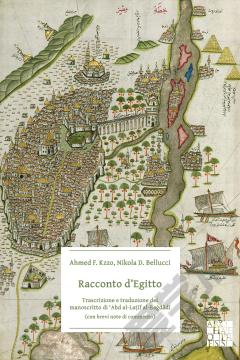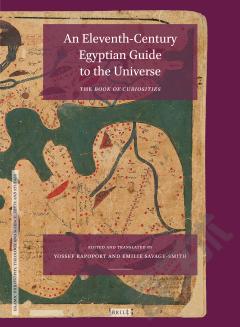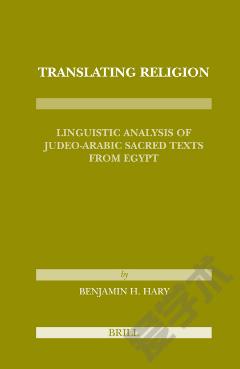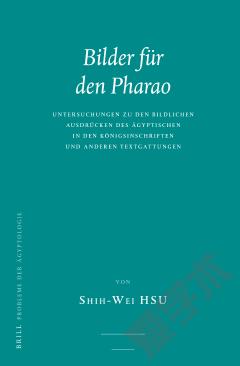Racconto d’Egitto: Trascrizione e traduzione del manoscritto di ?Abd al-La?if al-Bagdadi (con brevi note di commento)
Kitab al-?ifadah wa al-?i?tibar fi al-?umur al-mušahadah wa al-?awadi? al-mu?ayanah bi-ar? Mi?r, by ?Abd al-La?if al-Bagdadi (1162-1231 AD) is a fascinating work; it represents one of the best known and most important manuscripts concerning Egypt during the period between the twelfth and thirteenth centuries AD. The author, through his gaze and with a clear and shrewd use of language and style, describes several characteristic aspects of the Nile country: the landscape, the animals, the plants, the monuments, the boats, the peculiar dishes, without forgetting the effects of the famine, or the misery caused by the ailments and hunger that hit the country between 1200 and 1202 AD. Translated into German (1790), Latin (1800), French (1810), and more recently into English (1965), there was, until now, still no translation into Italian of this masterful work. This omission prompted the authors to work over a period of several years on the present volume which, in addition to providing the first Italian translation (accompanied by the transcription of the original Arabic manuscript), provides essential and necessary commentary notes aimed at explaining different passages of the manuscript. Some preliminary chapters also attempt to focus on themes, the author and his philosophy in order to provide the reader with a wider image of the conceptions of the period in which he lived and what this description represented and still represents: a masterpiece of realism which continues to stir the imagination in the modern age.|Davanti ad un’opera come quella del Kitab al-?ifadah wa al-?i?tibar fi al-?umur al-mušahadah wa al-?awadi? al-mu?ayanah bi-ar? Mi?r, di ?Abd al-La?if al-Bagdadi è difficile non rimanere affascinati. Esso infatti rappresenta uno dei più noti ed importanti manoscritti riguardanti l’Egitto durante il periodo a cavallo fra il dodicesimo e il tredicesimo secolo d. C. L’autore, attraverso il suo sguardo e con un linguaggio e uno stile chiaro e accorto descrive diversi aspetti caratteristici del paese del Nilo: il paesaggio, gli animali, le piante, i monumenti, le imbarcazioni, le pietanze peculiari senza dimenticare gli effetti della carestia e della miseria dei malanni e della fame che si abbatterono sul paese tra gli anni 1200 e 1202 d.C. Tradotta in tedesco (nel 1790), latino (nel 1800), francese (nel 1810), e a metà del secolo passato in inglese (nel 1965), di tale opera magistrale non esisteva ancora traduzione in lingua italiana. Proprio tale mancanza ci ha spinto ad iniziare diversi anni addietro tale lavoro che qui si presenta e che oltre a fornire la prima traduzione italiana (accompagnata dalla trascrizione del manoscritto arabo originale) è corredata da essenziali ma necessarie note di commento volte a spiegare diversi passi del manoscritto. Alcuni capitoli preliminari tenteranno inoltre di mettere a fuoco la tematica, l’autore e la sua filosofia al fine di fornire al lettore una più ampia immagine del pensiero del periodo in cui egli visse e cosa rappresentò e ancora oggi rappresenta tale descrizione. Un capolavoro di realismo che tuttavia continua a suscitare la fantasia dei moderni.
{{comment.content}}








 京公网安备 11010802027623号
京公网安备 11010802027623号